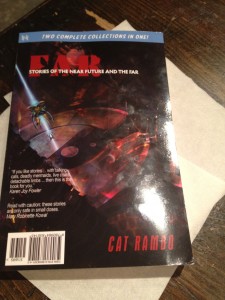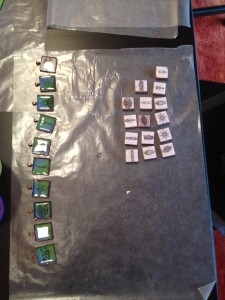Here the poets go again, riding down the trail of words into that long and lonesome valley, carrying ballpoint pens and notebooks in order to describe the shadows that lie across their lives. Lingering ashes are evidence of those who went before, who scared the lizards lurking on warm sandstone, whose mounts’ hoofbeats have already echoed along the rocks.
There they go. Their horses are nervous, and out of shape. The Muses packed the riders’ saddlebags, and the poets won’t know the contents until they need them, until they reach for a memory or trophe, find it nestling comfortably in their palm, and look at it to say oh yes, that’s it, that’s what I meant to say.
It’s late morning when they leave the safety of the bunkhouse and nod decisively to Old Cookie, stirring his cauldron of coffee black as a heart of obsidian, cackling as they saddle up.
“You’ll be sorry!” he shouts after them. “Stay here! I’ll put up curtains in the bunkhouse and subscribe to National Geographic! No need to go ! There’s only sand and the taste of lime out there! The sun will drive you crazy as badgers!”
It’s true — the sun is hot. But in the saddlebags are memories of rain storms, winters, driving down roads slick with ice and the reflection of Christmas tree lights, down roads laden with pine shadows and the blood of unwary animals. Similes redolent of cinnamon and sweet amber, puns as prickly as hedgehogs, intricate words with Indo-European roots to be set, chiming, into sestinas.
Will they make camp this evening or press on into the darkness? The valley is always dark, always full of falling rocks and moaning winds. The horses shy at every sand dune, until at last the poets dismount and walk forward, carrying their saddles across their shoulders. It is their hope that, if they go far enough, they’ll find the place where fallen stars lie glimmering along the rocks, where the coyote’s call drips honey, where sand builds itself into castles, where light re-enters the valley and casts all their shadowed fears into bas-relief. There they’ll make their camp, pitch the tents made of long canvas stretches and ropes of human hair. There they’ll boil their coffee, sweeten it with handfuls of cactus needles, and sip with cautious lips.
The horses, freed, will run far away along mountain tops and reclaim their voices. Their hoof prints will glow red and gold along the chill rocks. The wind will braid their manes with clouds.
(Originally appeared in Sybil’s Garage)








One Response
Wow, the book looks wonderful! And the promo things are pretty.